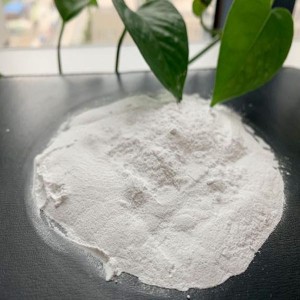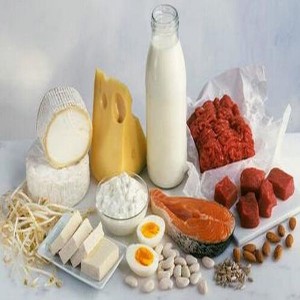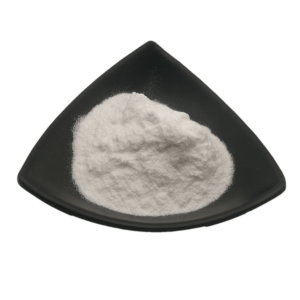-

Potassium Humate: A Valuable Substance in Agriculture and Industry
Potassium humate is a derivative of humic acid. It is formed through the chemical reaction of humic substances with potassium. Functionally, in agriculture, Potassium humate acts as a soil conditioner. It helps improve soil structure, making it more porous and allowing for better air and water c...Read more -

Breakthrough in Medical Field: Unveiling the Significance of BNP-32
In the realm of medical advancements, a substance called BNP-32 has been making waves. BNP-32, short for Brain Natriuretic Peptide-32, is a crucial biomarker with significant implications for both diagnosis and treatment. BNP-32 is primarily produced by the heart. Its levels in the body can prov...Read more -

Feed Grade L-Valine Market Analysis and Latest Trends
Feed Grade L-Valine is a high-quality, essential amino acid that is widely used in animal nutrition to enhance growth and improve overall health in livestock. It is commonly added to animal feed to meet the nutritional requirements of animals, as they are unable to naturally synthesize sufficient...Read more -

Unveiling the Potential of Elastin Peptide
Elastin is the main component of elastic fibers. Elastic fibers mainly exist in ligaments and vessel walls. Elastic fibers and collagen fibers co-exist, giving tissues elasticity and tensile strength. Elastin is the main component of elastic fibers in hide tissue. The peptide chain of elast...Read more -

How Palmitoyl Pentapeptide Works to Boost Metabolism & Improve Health ?
Palmitoyl pentapeptide is known for its anti-aging and skin care benefits. It is an anti-aging ingredient that helps slow down the aging process and increase metabolism. It has been used as an anti-aging ingredient for many years. Organizations have conducted a lot of research on the effects of p...Read more -

The Importance and Applications of Potassium Chloride in Modern Industry
On August 7, 2024, the topic of potassium chloride has once again drawn significant attention in the industrial sector. Potassium chloride, a vital chemical compound, plays a crucial role in various fields. In agriculture, potassium chloride is an essential fertilizer component. It helps improve...Read more -

Thymalfasin: an immune system enhancer for the treatment of liver disease
Thymalfasin (thymosin-alpha 1) is an immunomodulating agent able to enhance the Th1 immune response. It has been evaluated for its immunomodulatory activities and related therapeutic potential in several diseases, including chronic hepatitis B and C, AIDS, primary immunodeficiency diseases, depre...Read more -

Semaglutide for weight loss – what you need to know
The search for effective and safe weight loss treatment seems never-ending. But the newest anti-obesity medication, semaglutide, is still making waves more than a year after its 2021 approval by the U.S. Food and Drug Administration. The injectable drug, initially only used as diabetes medication...Read more -

What are the main benefits of Dicalcium Phosphate for animals?
Dicalcium Phosphate (DCP) is commonly used as a mineral supplement in animal feed, providing a source of calcium and phosphorus for various species. Here are five main benefits of DCP for animals: 1. Improved bone health: Calcium and phosphorus are essential minerals for bone growth and developm...Read more -

Serine: common products include L-serine, D-serine and DL-serine
Serine, also known as β – hydroxyalanine, with the chemical formula C3H7NO3, is named after its earliest source from silk. Serine is a neutral aliphatic hydroxyl amino acid and a non essential amino acid. It plays a role in the metabolism of fats and fatty acids, as well as in the growth o...Read more -

What’s Ascorbyl palmitate?
Ascorbyl palmitate is a natural ingredient esterified with palmitic acid and L-ascorbic acid. It is an efficient oxygen scavenger and enhancer, and has been evaluated by the Food Additives Committee of the World Health Organization (WHO) as a nutritious, non-toxic, efficient, and safe food additi...Read more -

The difference between collagen peptide type I, II and III
Collagen peptide are usually divided into three types. Their differences lie in their types, functions, main diseases, absorption effects, and prices. Type I collagen peptide: Type I collagen is the most common type of collagen, accounting for approximately 90% of the total amount of collagen i...Read more